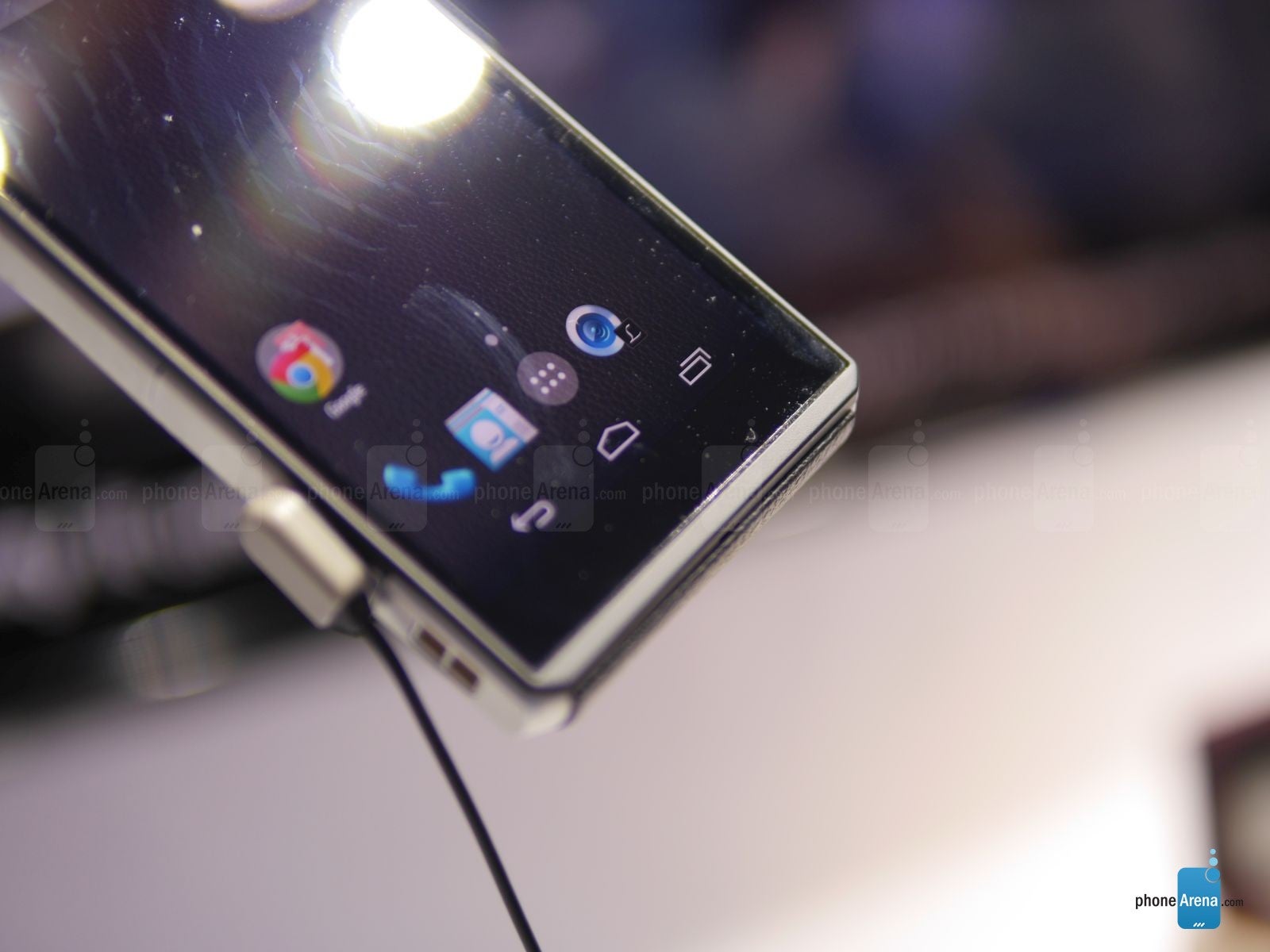Panasonic Lumix DMC-CM1 hands-on

It was back in September, when Panasonic officially announced the Lumix DMC-CM1 smartphone – camera hybrid. Yes, you read that right – we can't call the CM1 just a smartphone with a potent snapper, and anyone who lays their eyes on it would agree – the device is obviously meant for photo aficionados who barely get what they desire from their smartphone's camera, and looks to wow with a huge 1” lens, and a plethora of functions that can't be found on a handset.

Design
The Lumix DMC-CM1 is styled very akin to an actual camera, rather


Display
The Lumix CM1's sports a 4.7” display with a FHD (1080 x 1920) resolution, resulting in the crisp pixel density of 469 PPI. For our limited time with the device, we found the screen to have nice, natural

Interface
Panasonic ships the CM1 with Android 4.4 KitKat on board, and it appears the company didn't want to do anything crazy with it, as we were greeted by a purely vanilla Android menu. Of course, the camera app is vastly different, as it has to make full use of the handset's camera sensor, and add plenty of options for the target users –

Processor and Memory
The DMC-CM1 lags behind a bit in hardware, as it sports the quad-core Qualcomm Snapdragon 801, clocked at 2.3 GHz and coupled with 2 GB of RAM. The SoC is still a performer, and considering the fact that Panasonic chose not to bog down Android

Now, unfortunately, Panasonic equipped the CM1 with only 16 GB of internal memory, which we find to be way too low, considering what the device is meant for. Yes, it is expandable via micro SD up to 128 GB, but still – there's nothing like internal storage.
Camera
The CM1 offers the most potent camera on any smartphone – a large 1” Leica lens, with an adjustable aperture of F2.8 – F11.0, and a 20 MP resolution MOS sensor promise a lot of detailed shots and the camera app makes full use of the opportunities the hardware provides. The lens ring is used as an adjustment tool for whatever setting you have selected in the app – shutter speed, ISO (goes from 100 to 25,600), focus, and others. The snapper can capture images in RAW format, for those who like to post-process their pictures and need the most detail available to do so, and is capable of recording 4K video.
Expectations
We were going to call the Lumix DMC-CM1 a Lumia 1520, or Galaxy K Zoom alternative, however, its price-tag places it (or at least – should place it) in an entirely different category. Namely – the device will cost around $1,000 which is definitely way more than anyone would be willing to shell out for a 32-bit KitKat handset these days. Therefore – the Lumix's camera should really, and we mean – really deliver, if it is to succeed at what it's trying to accomplish – to be the handset of choice for photography amateurs, hobbyists, and hey – maybe even professionals.










Things that are NOT allowed: